Whether you’re a student or office worker, anyone starting their new life in Japan will most likely require a bank account for many different purposes. In this article, we’ll discuss all the important information about banking in Japan, from how to open an account to how to close one.
Can Foreigners Open a Japanese Bank Account?
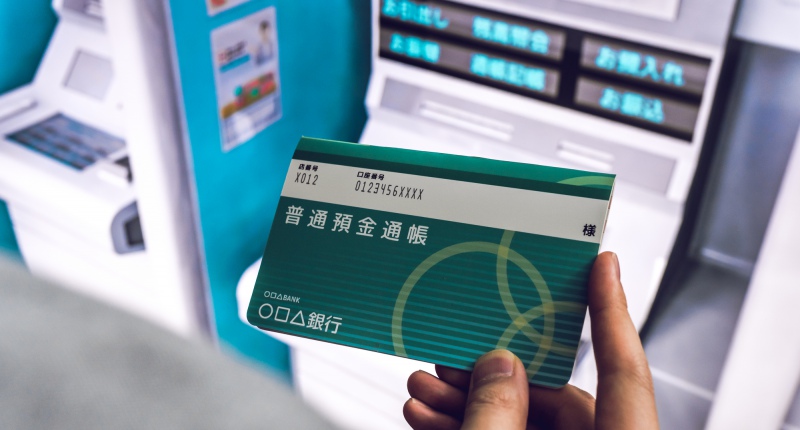
When living in Japan, you’ll find that you’ll need a bank account for many things, from receiving your salary to paying for rent and utilities, sending or receiving money from abroad, receiving scholarship stipends, and more.
While we’re on the subject, you can actually often pay for rent and utilities directly to the landlord or the management company with cash or via deposit, but in most cases, it will be by having the amount withdrawn from your bank account every month. Some places won’t even rent to you without a bank account.
While we’re on the subject, you can actually often pay for rent and utilities directly to the landlord or the management company with cash or via deposit, but in most cases, it will be by having the amount withdrawn from your bank account every month. Some places won’t even rent to you without a bank account.
Additionally, it’s also just dangerous to have a lot of cash lying around, so if you want to enjoy your life in Japan, you should really open a bank account.
Foreigners who meet the following conditions are able to open bank accounts that allow them to transfer money abroad:
• Those who have been living in Japan for at least six months as a student or worker
• Those who have obtained a certificate of residence
However, even if you’ve been in Japan for less than six months, as long as you have a place of residence somewhere in the country, there are some banks that will let you open an account, like the Japan Post Bank. However, those accounts have restrictions on them when it comes to sending or receiving money from abroad, so be sure to keep that in mind. You don’t want to find yourself in a situation where you’ve opened a bank account and thought you’re all settled but suddenly you can’t get receive any money from your home country. Definitely inquire about this when opening your account!
Although, if you’re in Japan on a tourist visa or are some other kind of temporary visitor (allowed in the country up to 90 days), then that means you won’t be issued a residence card and therefore won’t be able to get a certificate of residence, and without this, you won’t be able to open an account.
So, those are the general conditions for opening a regular Japanese bank account, though they may differ depending on the actual bank, so you may want to apply for an account at various places. Also, the condition that requires you to be employed to be able to open an account can actually be very advantageous, as you can ask the person responsible for new employees at your company to accompany you to the bank and help you open an account. It definitely wouldn’t hurt to ask.
What You Should Know About Japanese Banks

Before we talk about ways of opening a bank account, there are some things about Japanese banks that you should know. First of all, most Japanese banks are closed on the weekends and during national holidays. So whenever you use the ATM during those times, or even on a weekday outside a bank’s operating hours, please remember that oftentimes you will have to pay a processing fee.
Additionally, you will need an inkan (personal seal). Not just to open an account, but also to set up withdrawals to pay your rent or bills (like phone, gas, electricity), or even to close your account. Inkan are used all the time in Japan, from business deals to renting a house or filling out paperwork at a city or ward office. You can order an inkan at a specialty store, home center, stationery store, or another location that is convenient for you. You should definitely get a seal with your name shortly after you arrive in Japan.
There are no stringent rules regarding inkan used to open accounts. Yours can feature your first name, last name, or both, and it can be written horizontally or vertically. The choice is up to you! However, you should probably get a seal in a font that will make it hard to counterfeit, so when ordering a seal be sure to tell the store that you’re going to use it for banking. Making a personal seal can take up to a few weeks depending on the store, so if you’ve made plans to go open an account, you should order a personal seal as soon as possible.
Which Bank is the Most Foreigner-Friendly?
There are two types of banks in Japan: physical facilities with branches that you can actually visit, and online banks with their own ATMs but no physical locations. The latter actually has a lot of features that you won’t find at physical banks, which we will now discuss:
Features of online banks:
• The bank doesn’t pay for personnel or upkeep so their processing fees are low.
• The interest on deposits is much higher than at physical banks.
• You can check your balance and deposit or transfer money online.
• The bank is in operation 24/7, except in instances of internet outages.
• You can open an account online (though this depends on the bank).
We will now introduce a few banks that are recommended for foreigners.
Japan Post Bank (ゆうちょ銀行) – Physical Bank
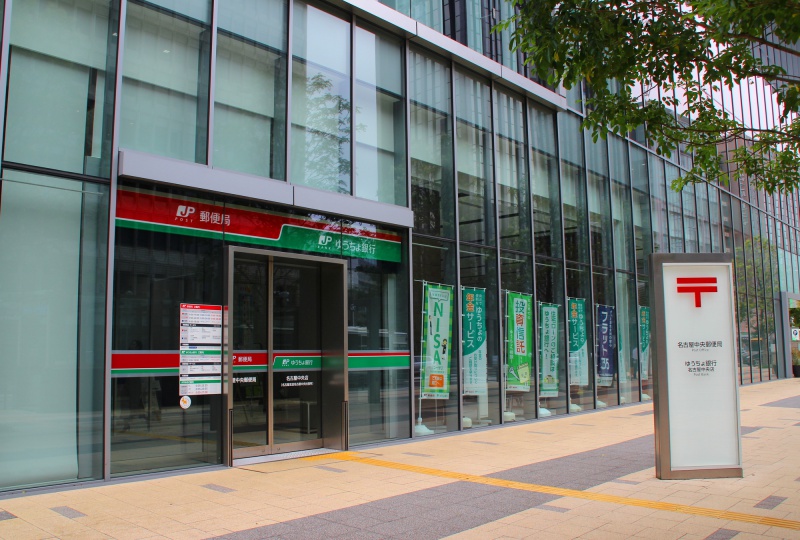
This bank makes opening an account for foreigners easier than any other facility, as all you need are the right documents. Japan Post Bank also offers multi-language support so it’s especially recommended for those who aren’t too confident in their Japanese.
* While Japan Post Bank makes opening an account easier than most places, it limits the accounts’ features to just savings for those who’ve been residing in Japan for less than six months. You may also not be able to send or receive money with those restrictions. If you rely on money transfers from your home country, make sure you carefully read the Japan Post Bank contract before you open an account with them!
1) Required documents: Residence card, student ID, employee ID, inkan.
2) Time to open an account: Depends on how busy the Post Office is.
3) Available ATMs: Japan Post Bank, Seven Bank, MUFG Bank, etc.
4) ATM fees: None for Japan Post Bank ATMs (within the Post Office’s operating hours, which differ depending on the region).
5) Fees for receiving money from overseas: Depends on the middleman bank and the conversion rate.
6) Fees for sending money overseas: 3,000 yen (with internet banking), 7,500 yen (at the Post Office).
MUFG Bank (三菱UFJ銀行) – Physical Bank
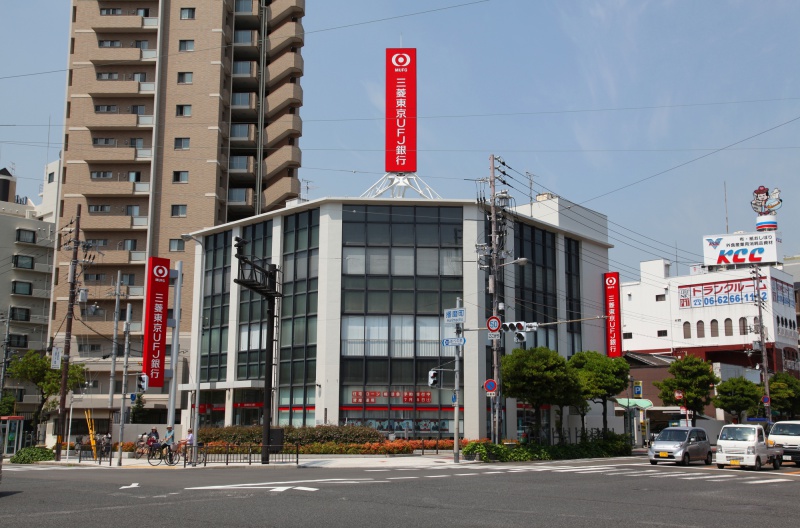
MUFG is known as Japan’s biggest bank with locations all over the country. It’s a top-class institution that prides itself on its stability and public trust.
1) Required documents: ID (residence card, passport, or special permanent resident certificate), inkan.
2) Time to open an account: About a week.
3) Available ATMs: MUFG Bank, Seven Bank, Japan Post Bank, etc.
4) ATM fees: None for MUFG Bank ATMs on weekdays between 8:45 am and 9:00 pm. Otherwise: 110 yen.
5) Fees for receiving money from overseas: 0.05% of the sent sum (2,500 yen minimum).
6) Fees for sending money overseas: 2,500 yen (with internet banking) and 7,000 yen (at the bank) when sending money to a foreign affiliate. Otherwise, it’s an additional 500 yen.
Shinsei Bank (新生銀行) – Online Bank
This bank makes opening an account for foreigners easier than most other facilities. They also offer English support.
1) Required documents: Residence card or copy of a special permanent resident certificate + certificate of residence (original copy).
2) Time to open an account: About two weeks.
3) Available ATMs: Shinsei Bank, Seven Bank, Lawson Bank, Japan Post Bank, etc.
4) ATM fees: 110 yen per transaction.
5) Fees for receiving money from overseas: Essentially none (some conditions may apply).
6) Fees for sending money overseas: 2,000 yen + 0.1% of the sent sum (1,500 yen minimum).
GMO Aozora Net Bank (GMOあおぞらネット銀行) – Online Bank
GMO Aozora Net Bank handles currencies from many different countries, which you can deposit into your account to get a bigger interest rate than you would with yen. That’s a big plus of this bank.
1) Required documents: Residence card or copy of a special permanent resident certificate + passport.
2) Time to open an account: About three to four weeks.
3) Available ATMs: Seven Bank, AEON Bank, Japan Post Bank, etc.
4) ATM fees: Free 2 – 15 times a month (depending on membership rank), at all hours. Otherwise: 110 yen per transaction.
5) Fees for receiving money from overseas: Receiving money from overseas not possible with this account.
6) Fees for sending money overseas: Sending money overseas not possible with this account (unless with GMO Aozora Net Bank’s affiliated services).
Once You’ve Chosen the Right Bank, It’s Time to Apply for an Account! Which Documents to Prepare?

As mentioned before, the exact documents you’ll need to open an account will differ depending on the bank, but we will list the most common ones below. Try to memorize their names.
・パスポート (pasupo-to) – Passport
・在留カード (zairyu ka-do) – Residence card
・学生証 (gakusei shou) – Student ID
・社員証 (syain shou) – Employee ID
・健康保険証 (kenkou hoken shou) – Health insurance card
・特別永住者証明書 (tokubetsu eijyuusha shoumeisho) – Special permanent resident certificate
・運転免許証 (untenmenkyo shou) – Driver’s license
・住民票 (zyuumin hyou) – Certificate of Residence
・公共料金明細書 (koukyou ryoukin meisaisho) – Utilities statement
・印鑑 (inkan) – Personal seal
How Does Opening a Bank Account Work?
So what is opening an account actually like? We will now describe the entire process from start to finish.
(1) Go to the Bank You Want to Open an Account At
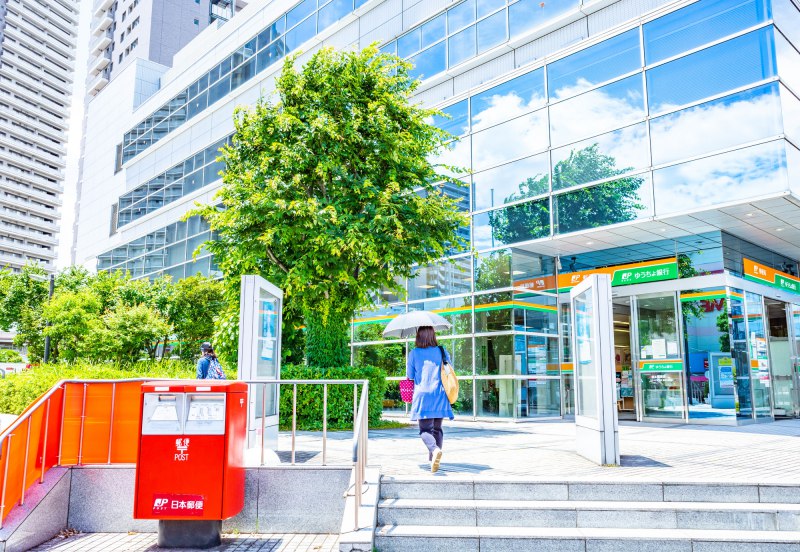
You should choose a bank that’s close to your house, school, or place of work. There’s a chance your application will get rejected if you go somewhere farther.
(2) Go to the Window for New Accounts
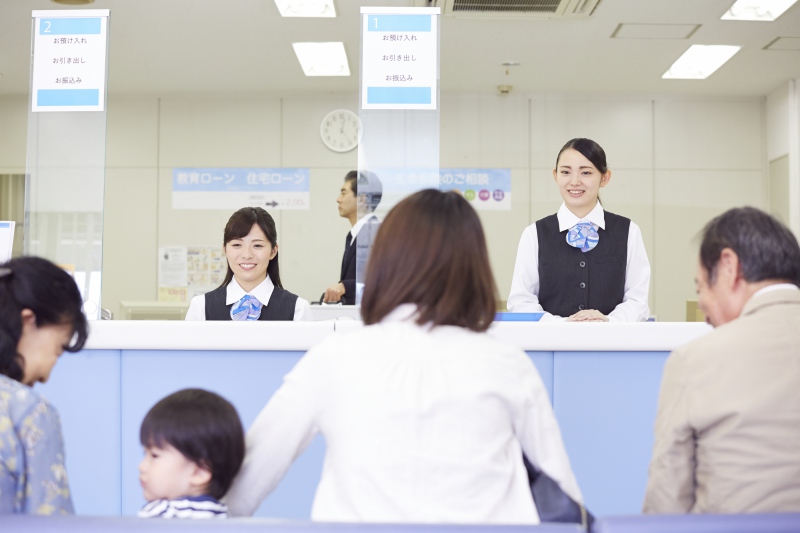
After you enter the bank, you should see a counter and various windows. They’re all for different services, so find one that handles new accounts (口座開設). If you can’t find it, ask a nearby staff member for help. If the bank is especially busy that day, you may have to take a number and wait your turn.
▼Useful Phrases to Know When Opening an Account
銀行口座を作りたいです (ginko-ko-za wo tsukuritaidesu): I’d like to open an account.
どこの窓口にいけばいいですか? (dokono madoguchi ni ikeba iidesuka?): Which window should I go to?
(3) Fill Out the Application and Submit All the Necessary Documents

Once you’re at the new accounts window, start filling out the application, then submit it together with all the necessary documents. You should also decide on a PIN number ahead of time.
(4) Receive Your Bank Book
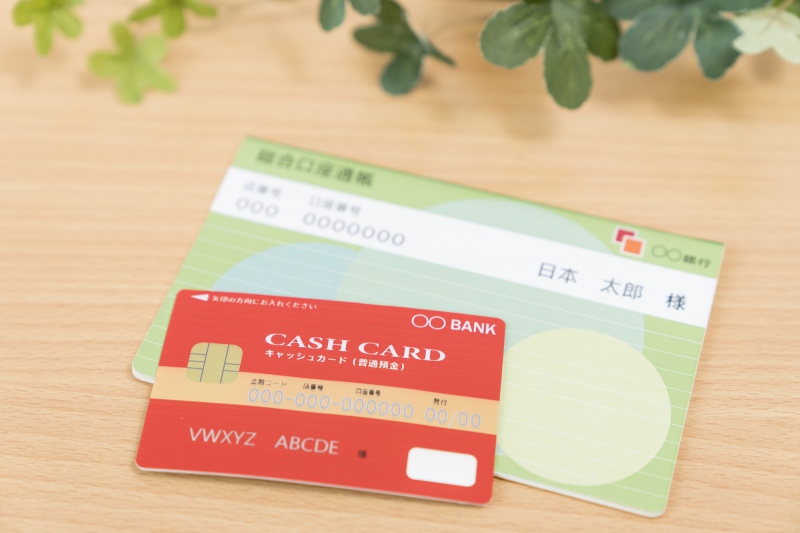
After you’ve filled out the application and if there were no problems with your documents, your account will be set up and you’ll be able to receive your bankbook that very same day. Your bank card will be mailed to you at a later date (although some banks may have one ready for you on the same day). Once all of that’s done, you can exit the bank.
Do You Have to Close Your Bank Account Before Leaving Japan?
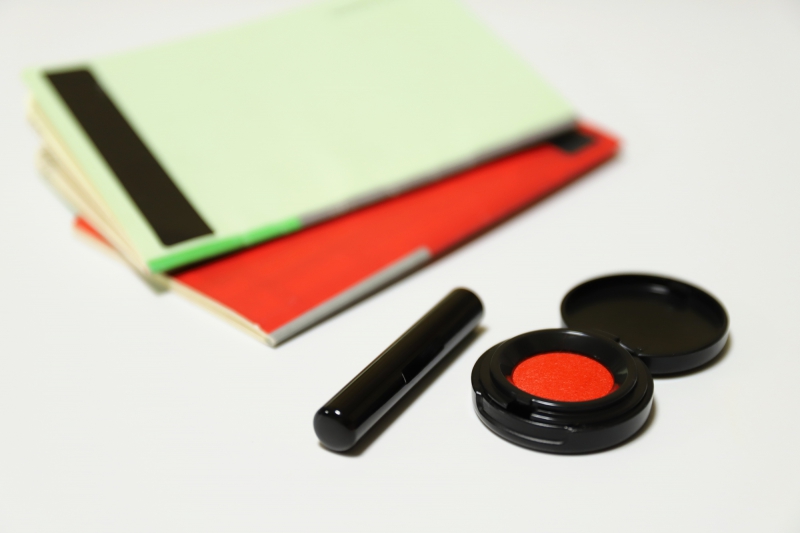
You should definitely close your bank account before leaving Japan. If you don’t, here’s what may happen:
• After a set amount of time, you won’t be able to withdraw money from the account.
• You’ll be charged an account maintenance fee.
You can’t close an account from overseas, so you should take care of that while you’re still in Japan. To close a bank account, you’ll need your bankbook, bank card, ID (residence card or passport), and inkan, so don’t forget to bring them with you. If you’re closing the account at the bank or online, you should be able to complete the process that very same day, but if you’re doing it by mail, it can take up to two weeks, so please keep this in mind. If the money for your water or gas bill is being withdrawn from your account, closing an account too early might cause some of those payments to not go through, so only close an account after all of your bills have been paid.
And those are the basics of opening and closing a Japanese bank account! It may seem a little difficult, but if you just follow this article and remember the most important parts of the whole process, you will be to go over it in your head and have the entire thing over and done with in no time.
Title image credit: Graphs / PIXTA
If you want to give feedback on any of our articles, you have an idea that you’d really like to see come to life, or you just have a question on Japan, hit us up on our Facebook!
The information in this article is accurate at the time of publication.

